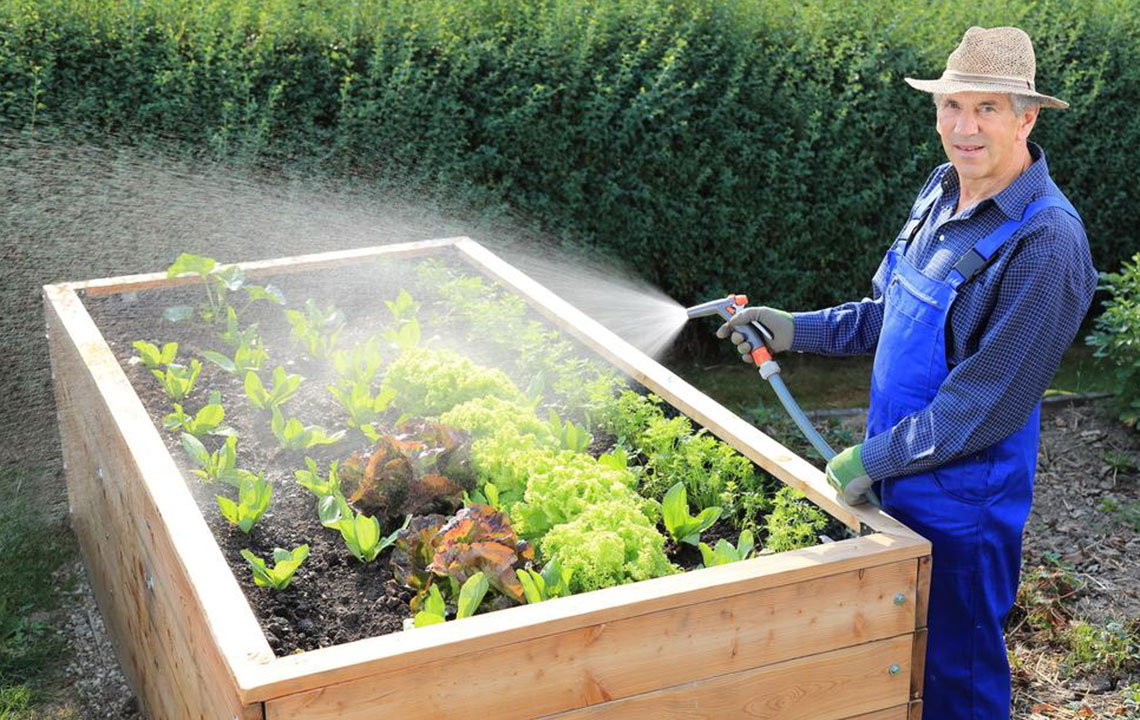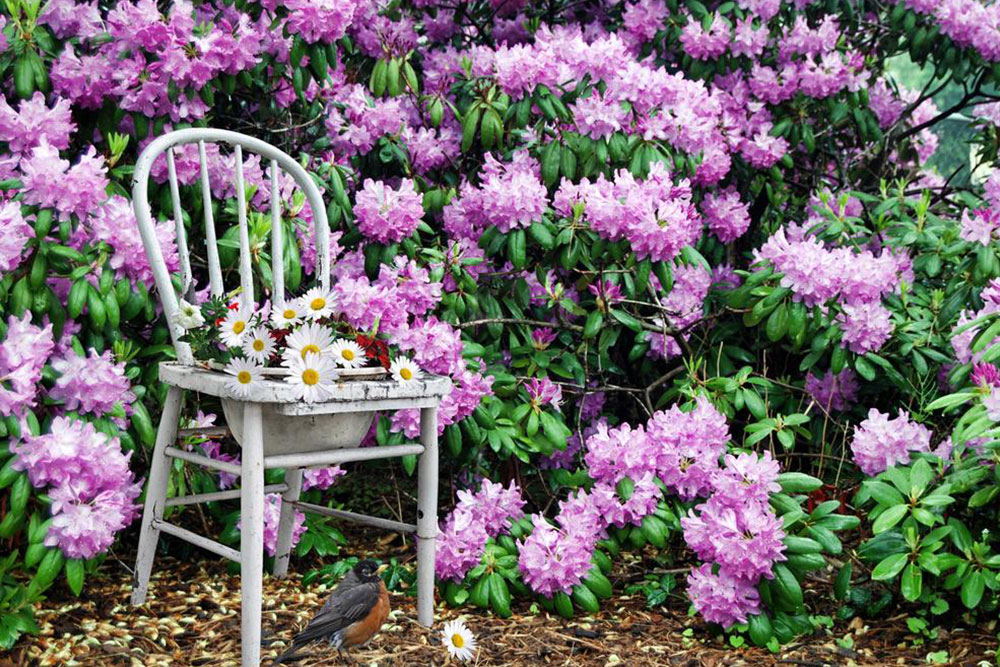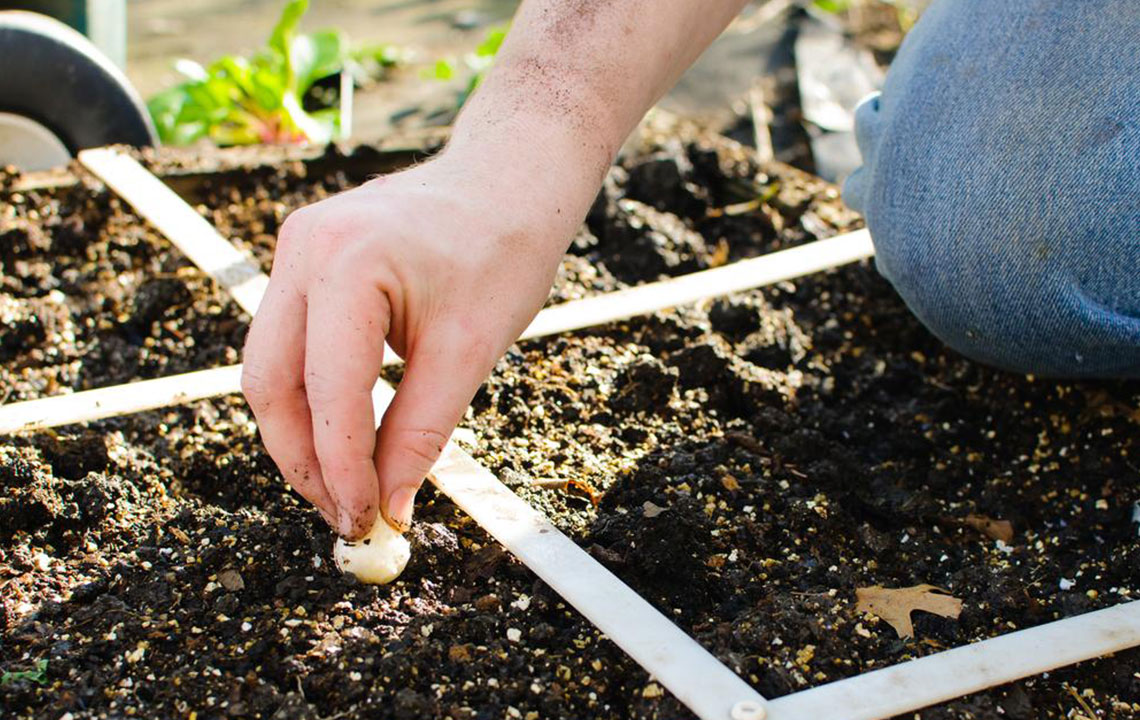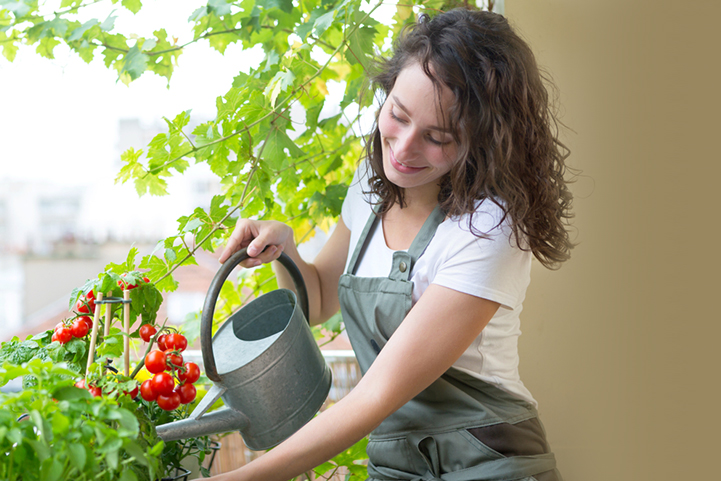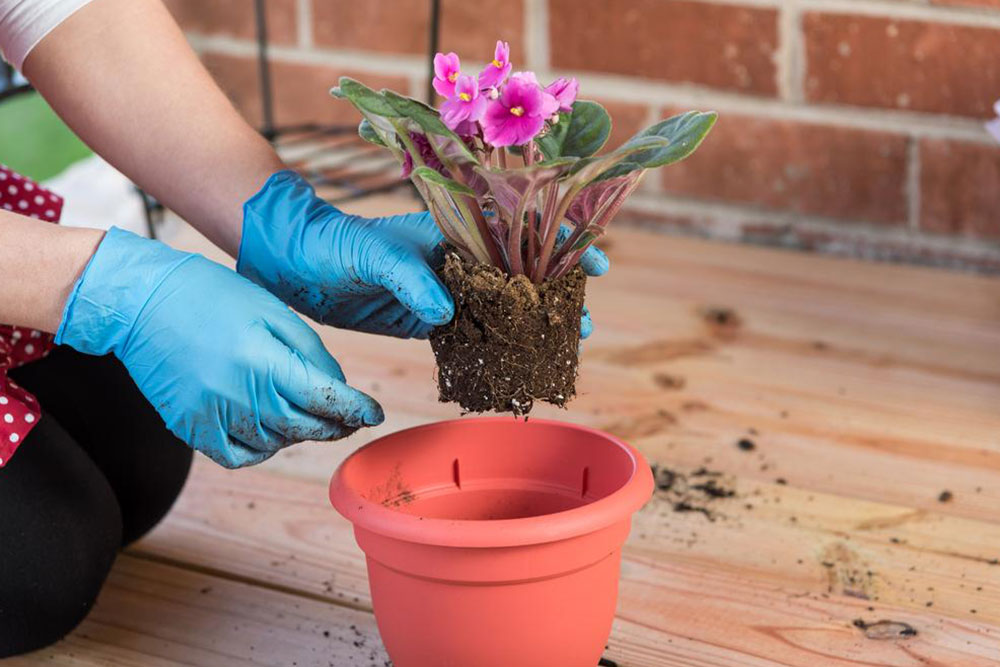Essential Gardening Tips for Growing Beautiful Lavender Plants
Discover essential tips for successfully growing and caring for lavender plants. Learn about soil requirements, sunlight, watering, pruning, and propagation techniques to ensure healthy, vibrant lavender blooms. Perfect for garden enthusiasts seeking fragrant and useful plants.
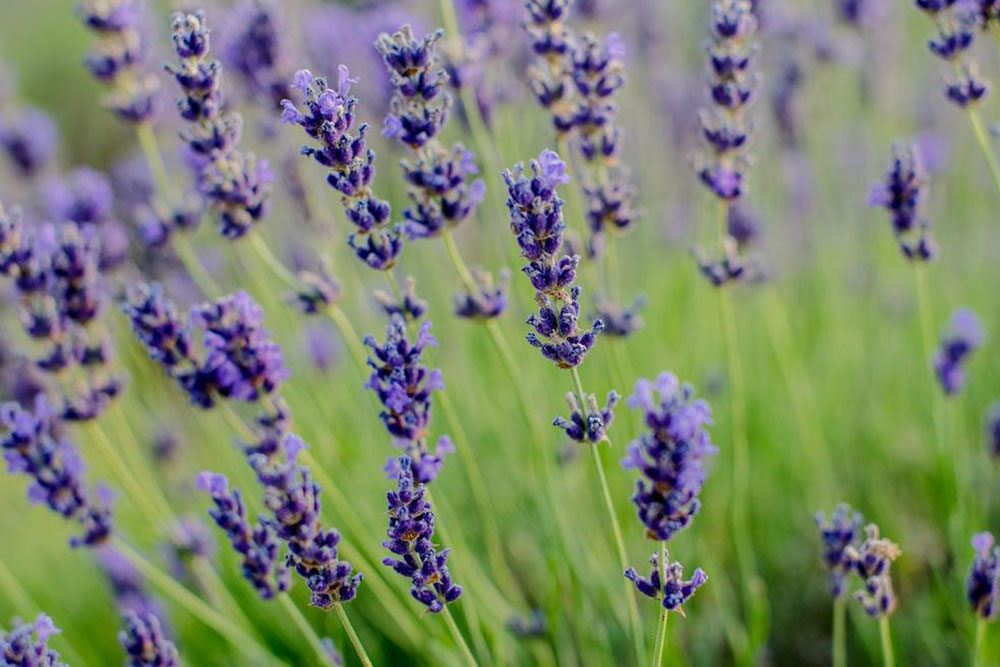
Essential Tips for Cultivating Stunning Lavender Flowers
Lavender is part of the mint family, Lamiaceae, known for its vibrant purple blooms and versatile uses. Beyond its ornamental appeal, lavender is highly valued for extracting essential oils, which have various applications. It’s also popular in culinary dishes and offers health benefits such as anxiety relief, improved sleep, anti-inflammatory properties, skin and hair care, and antiseptic qualities. Growing healthy lavender requires proper care; knowing the plant's needs is key to producing thriving, fragrant blooms.
Understanding your lavender plants' specific needs is crucial, as different varieties may require distinct care. When planting, use well-drained, low-fertility soil with an alkaline pH of around 6.5 to 7.3. Conducting a soil test can ensure optimal conditions.
Climate plays a significant role in lavender growth; selecting plants from local nurseries usually ensures better adaptation. Sunlight is vital—ensure your lavender receives at least 5-6 hours of direct sunlight daily, with more being preferable.
Avoid overwatering, as lavender prefers dry conditions. For garden beds with multiple plants, raised beds improve drainage. Fertilization is generally unnecessary; lavender thrives without extra feeding.
The ideal pruning time is late fall. Since lavender is less prone to division, it can be propagated by lifting and replanting in early spring after new growth begins.

